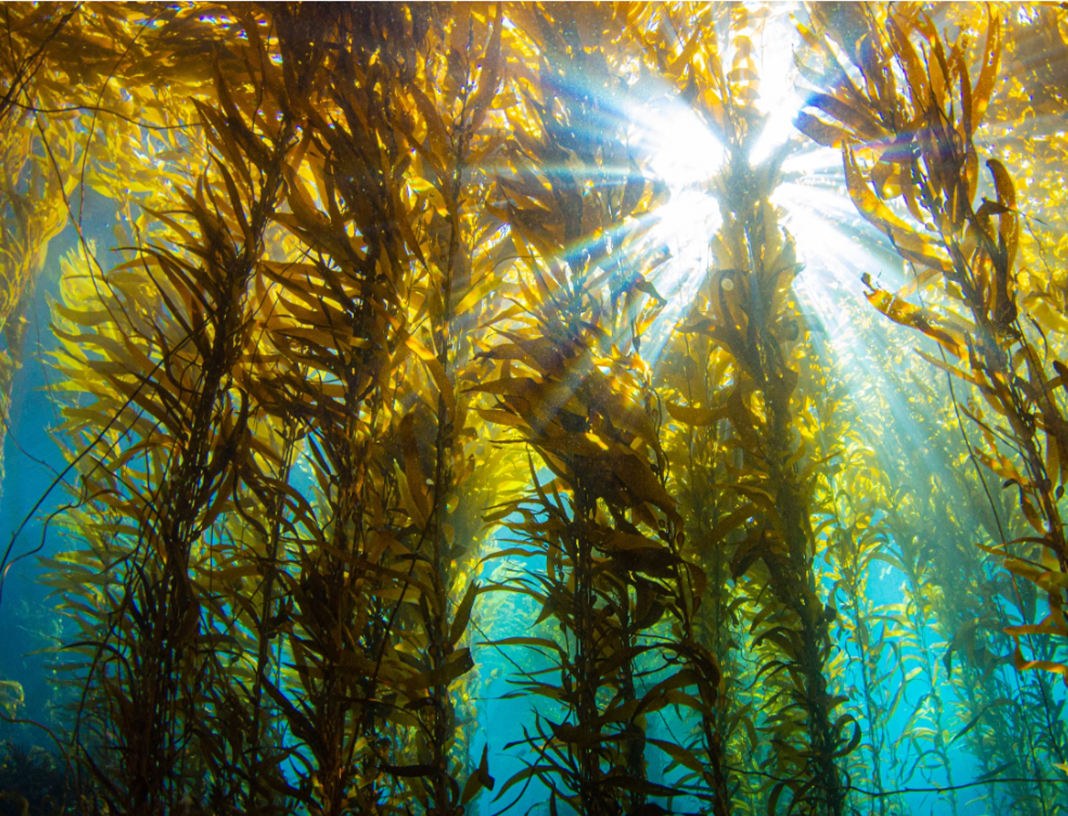For many, visiting America’s national parks means bustling trails and crowded overlooks. The National Park Service’s “half the park is after dark” campaign encourages visitors to explore under the moonlight to beat the crowds. But if you’re truly seeking solitude, why not dive deeper—literally? Many of the country’s national parks hold mesmerizing underwater worlds that few get to experience. From geothermal bubbles to preserved shipwrecks and glowing bioluminescent bays, these aquatic escapes offer peaceful, spectacular encounters far from the usual tourist throngs. Just remember to check park regulations and permits before you go.
Yellowstone National Park: Diving into geothermal wonders
While Yellowstone’s famous geysers and hot springs attract tens of thousands of visitors on land, the park’s underwater scene is surprisingly underexplored. Yellowstone Lake, one of the largest alpine lakes in the world, boasts its own geothermal activity beneath its surface.
Skilled divers can explore Mary Bay, where “champagne” bubbles stream up from the algae-covered lake floor, creating an ethereal fizzing effect that distorts underwater visibility. Nearby, the West Thumb area is even more dramatic, with underwater vents erupting like a submerged version of Old Faithful. These geothermal features create a one-of-a-kind dive experience, but they demand respect and caution due to fluctuating temperatures and unstable terrain. Diving here is a rare chance to witness Yellowstone’s powerful natural forces in a completely different light.

Olympic National Park: Deep dives in pristine waters
Spanning rugged coastline, temperate rainforests, and alpine peaks, Olympic National Park is known for diverse landscapes—but the aquatic wonders are no less spectacular. For divers and swimmers, Lake Crescent offers some of the clearest freshwater visibility in the country, often exceeding 150 feet.
Sledgehammer Point is a favored dive spot, where sheer underwater walls plunge into deep, mysterious blue. With depths reaching over 600 feet, the lake provides an unparalleled underwater playground. For families and swimmers, East Beach offers calm, shallow water perfect for splashing around, while Devil’s Punchbowl—a scenic cove along the Spruce Railroad Trail—features rocky jumping spots surrounded by vibrant blue water. Beyond the lake, the Salish Sea and Hood Canal come alive with magical bioluminescent displays at night, transforming paddling adventures into luminous journeys.
Isle Royale National Park: A submerged museum of shipwrecks
In the chilly, clear waters of Lake Superior lies Isle Royale National Park, an isolated island wilderness known for its rich maritime history. The park is home to one of the most intact collections of shipwrecks in the country, preserved in near-perfect condition by the cold freshwater.

Divers can explore ten major wrecks ranging from wooden steamers to steel freighters, some still adorned with original paint and machinery. The S.S. America, a 1928 package freighter, is a particularly popular dive site, submerged just eight feet at its highest point and accessible from the park’s Windigo hub. Diving here requires braving waters that can dip to 34°F, but the chance to swim alongside history is unmatched. Charter boats from Grand Portage, Minnesota, provide access for intrepid divers ready for this chilly but captivating experience.
Biscayne National Park: Vibrant reefs and marine life
Just south of Miami, Biscayne National Park protects the northernmost living coral reef in the United States. With 95 percent of the park submerged, this aquatic playground offers endless opportunities to snorkel and dive among colorful marine species.
Snorkelers can encounter gentle sharks, sea turtles, jellyfish, and lobsters in crystal-clear, shallow waters, while divers explore the park’s extensive coral reefs, including the fascinating Sponge Fantasy site with its giant basket sponges. The Maritime Heritage Trail, dotted with six historic shipwrecks dating from the 1870s to 1960s, adds an underwater history lesson to the adventure. Surfacing here reveals the striking contrast of Miami’s modern skyline just beyond the horizon, blending natural wonder with urban life.
Ozark Scenic Riverways and Buffalo National River: drift with the current
In Missouri’s Ozarks, two national riverways offer a gentler aquatic experience. Though swimming and snorkeling in the springs themselves are restricted, the Current and Buffalo rivers invite visitors to float, kayak, and snorkel under towering forested bluffs.
Autumn is ideal for exploring these tannin-rich but clear waters, which offer visibility of 10 to 20 feet. The rivers wind through vibrant fall foliage, creating a serene environment for wildlife encounters with sunfish, turtles, and more. With numerous river access points and nearby campgrounds, visitors can easily combine days of paddling and snorkeling with rustic outdoor living, making this a peaceful alternative to busier national parks.
Channel Islands National Park: Kelp forests and sea creatures
Just off the Southern California coast, Channel Islands National Park is often called “North America’s Galapagos.” Its five islands protect one of the few pristine marine ecosystems remaining on the West Coast, offering unparalleled diving and snorkeling.
The underwater kelp forests here create a mesmerizing three-dimensional habitat where rays of sunlight filter through waving fronds. Swimmers and divers float weightlessly among Garibaldi fish, octopus, basking sharks, sea lions, and harbor seals. The warmest, calmest waters are usually around Santa Barbara and Anacapa islands, while Gull Island near Santa Cruz Island provides thrilling encounters for the brave. Whether snorkeling or diving, the Channel Islands reveal a wild, ancient marine world just hours from the bustling city of Los Angeles.
Dive in for a crowd-free national park experience
For those eager to experience America’s national parks without the crowds, exploring beneath the surface opens up extraordinary adventures. From geothermal lake bubbles to coral reefs, shipwrecks, and forested rivers, these underwater escapes reveal new perspectives and peaceful encounters with nature’s hidden treasures. Whether you’re a seasoned diver or a casual snorkeler, these parks invite you to discover their secret aquatic worlds—and leave the crowds behind.



